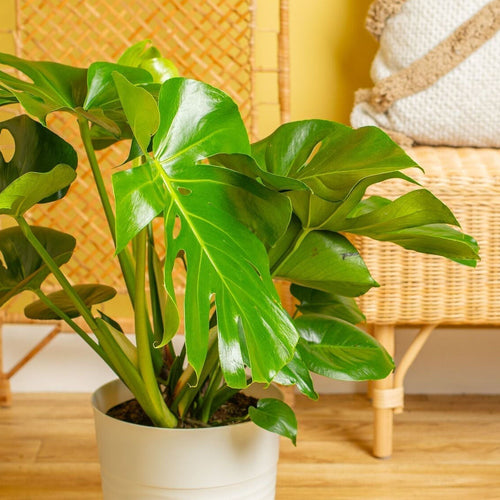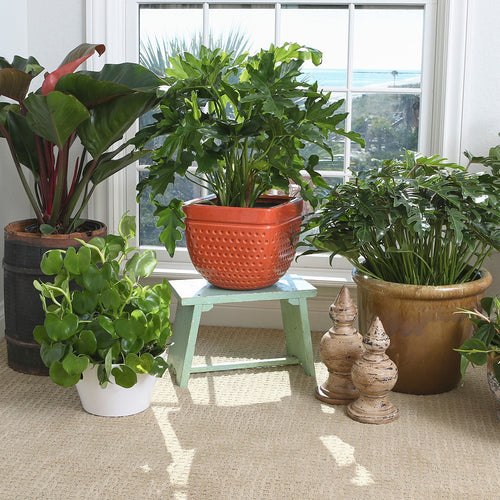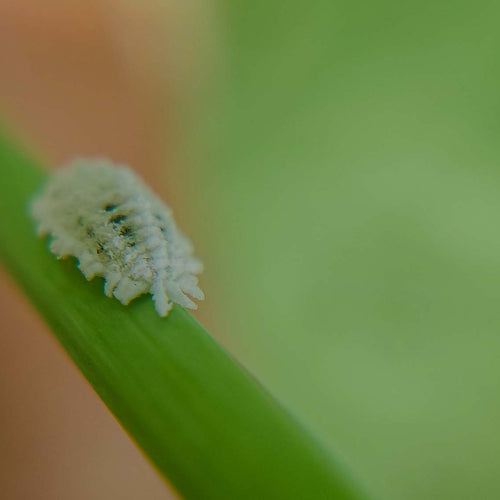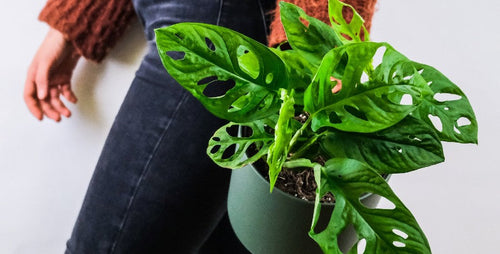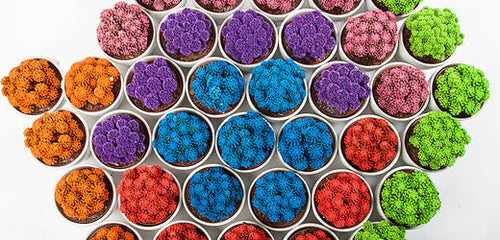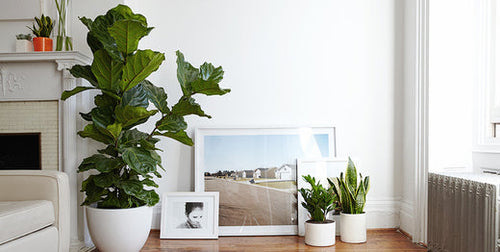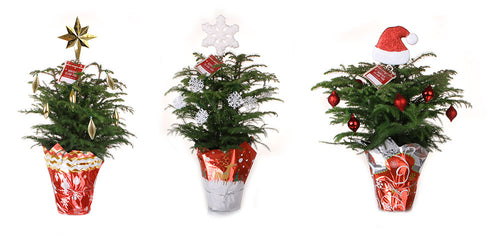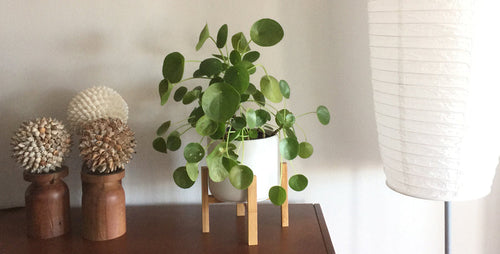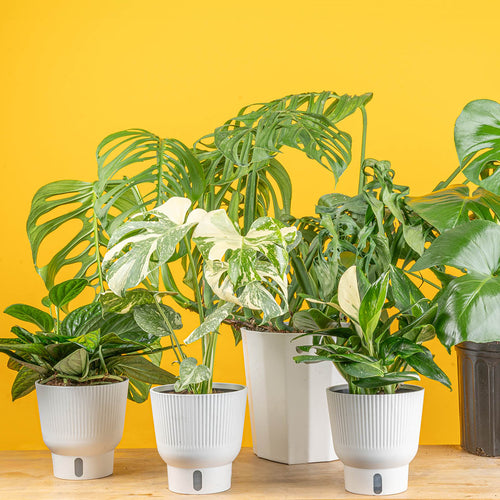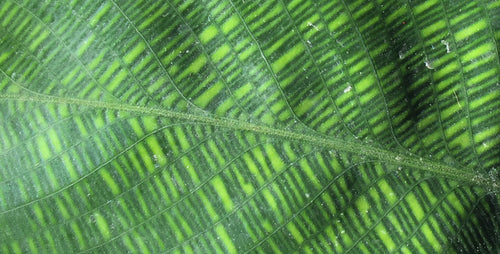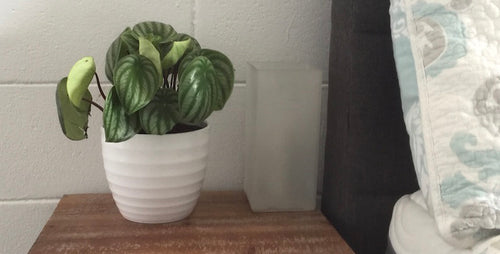 I love indoor plants because they offer so much and ask for so little in return. For example, recent studies prove that indoor plants improve concentration and productivity, reduce stress levels, and improve your mood. Plus, they help remove harmful indoor toxins from the air. That’s a lot, for a relatively low investment in time and energy from you.
I love indoor plants because they offer so much and ask for so little in return. For example, recent studies prove that indoor plants improve concentration and productivity, reduce stress levels, and improve your mood. Plus, they help remove harmful indoor toxins from the air. That’s a lot, for a relatively low investment in time and energy from you.
Yet, for busy folks with jobs, kids, pets, and other hobbies, indoor plants that demand a lot of attention can be a challenge. But that’s where hoyas come in. (Hoyas are also called wax plants for their glossy leaves.) Hoyas look terrific even when neglected and won’t mind if you forget to water them now and again. Plus, hoyas are a decorator’s dream because they come in a wide assortment of shapes and colors.
 To prove how tough hoyas are, here’s a photo of my mother-in-law’s hoya in her sunroom (left). It looks great, doesn’t it? Yet, this gorgeous hoya thrives on very little water all winter long, while my mother-in-law visits us in Florida. Sure, a neighbor gives it a drink now and again (probably once a month), but most of the time this hoya just waits patiently for my mother-in-law to return home. Of course, the best course of action is to water your hoya whenever the soil feels dry to the touch being careful not to overdo it. Hoyas do not like constantly wet soil.
To prove how tough hoyas are, here’s a photo of my mother-in-law’s hoya in her sunroom (left). It looks great, doesn’t it? Yet, this gorgeous hoya thrives on very little water all winter long, while my mother-in-law visits us in Florida. Sure, a neighbor gives it a drink now and again (probably once a month), but most of the time this hoya just waits patiently for my mother-in-law to return home. Of course, the best course of action is to water your hoya whenever the soil feels dry to the touch being careful not to overdo it. Hoyas do not like constantly wet soil.
Hoyas are vining plants (like the one above, which is Hoya carnosa 'Rubra') so they are a great choice for hanging baskets, urns, or pedestals. You can let the hoya vines trail over the side or you can train them to grow upright on a slab of bark or trellis. Either way, hoyas, with their thick waxy leaves, are a must-have plant for any room in your home.
Hoyas are not fussy about light either. They’ll do best in a bright location, but will be just fine in low light conditions, too. You don’t need to fertilize hoyas very often, but an occasional light dose of liquid houseplant fertilizer in the spring and summer will be beneficial.

Mature hoyas, generally 5 to 10 years old, will also bloom on occasion, especially if they are pot bound. The small, star shaped, fragrant flowers are produced in ball-like clusters. If you want flowers make sure your hoyas are also exposed to extremely bright, indirect light.
Favorite varieties of hoya include: Rope Plant, Shooting Stars, Variegated, Stripes, Shamapry, Linear, Narrow-Leaf, Variegated Waxleaf, and Variegated Rope Plant.
Written by Doug Jimerson






